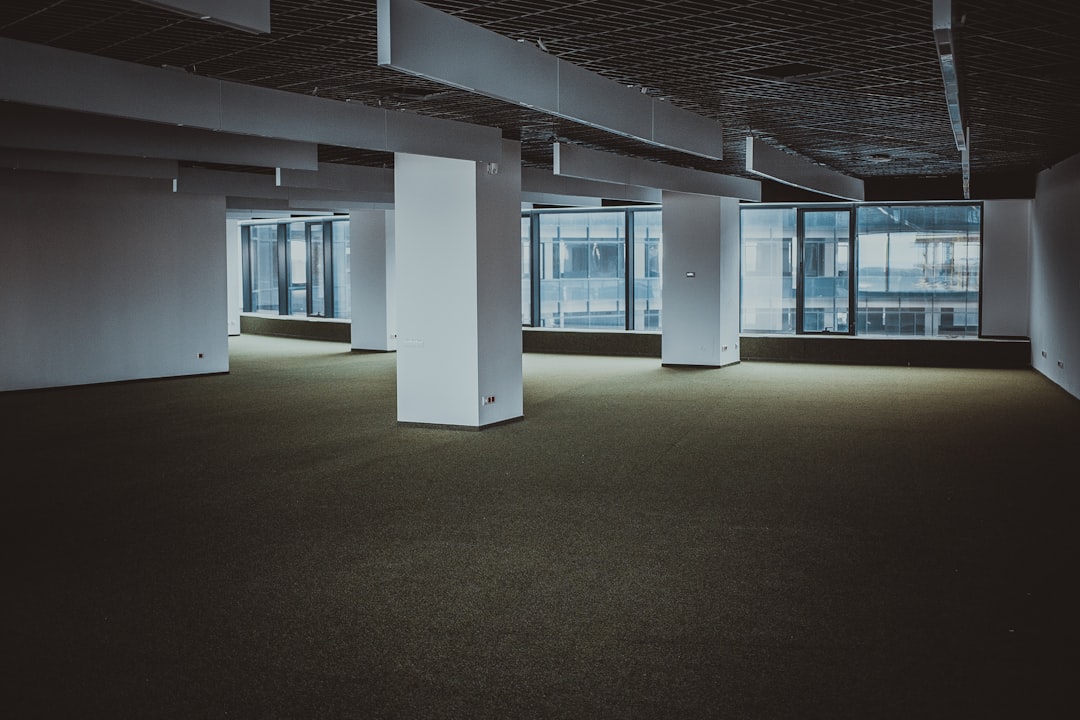The Most Radical Change To Office Life Since Computers
Nicholas Bloom boosts the pros of hybrid, but skirts the biggest con: the cratering of cities.

Nicholas Bloom is a Stanford economist who has been central to understanding of the work-from-home ‘movement’. He and a colleague, Arjun Ramani, coined the term ‘donut effect’ to describe the out-migration of knowledge workers from major US cities to the far suburbs and exurbs. I’ve cited his work a great deal in recent …
Keep reading with a 7-day free trial
Subscribe to workfutures.io to keep reading this post and get 7 days of free access to the full post archives.
